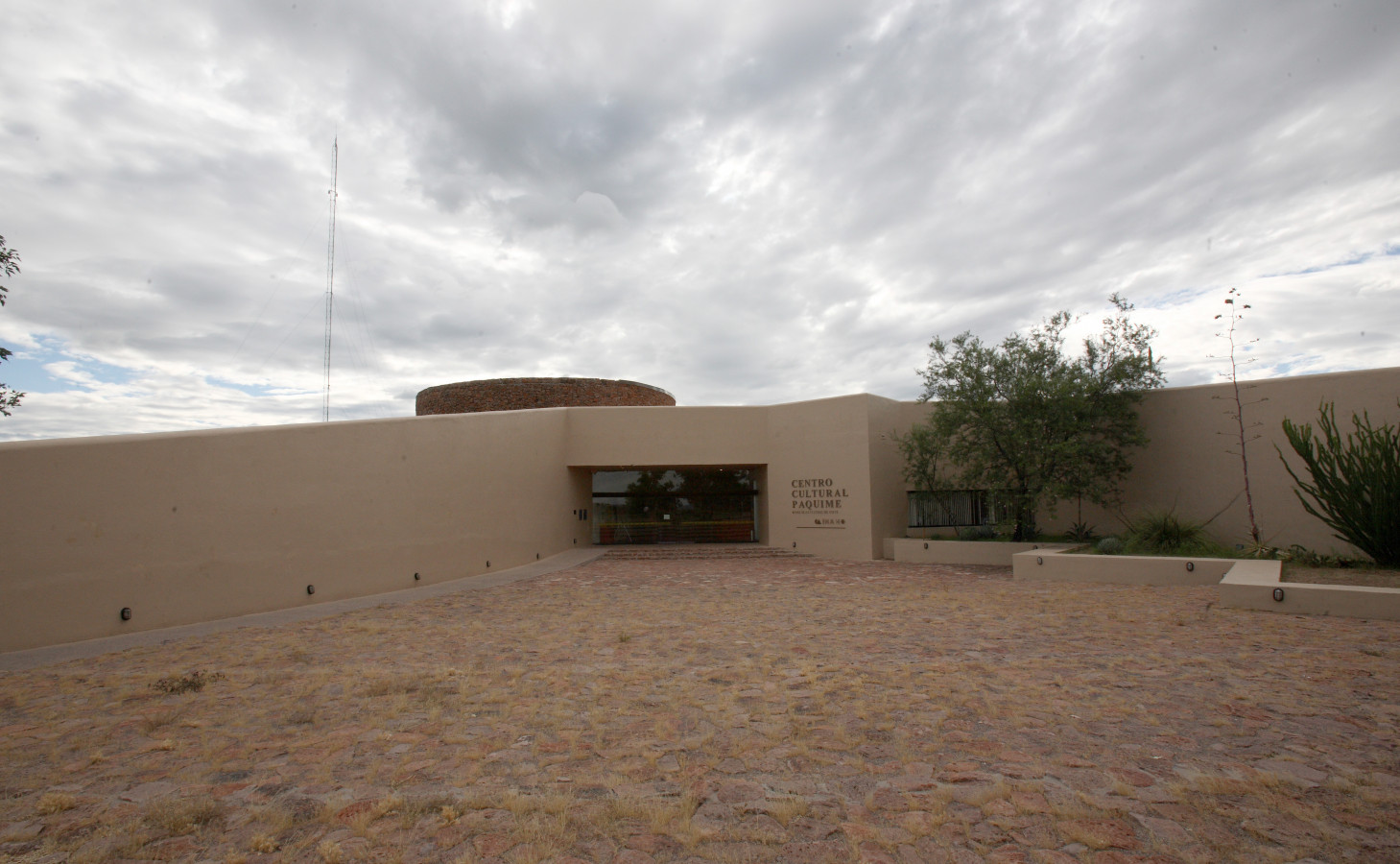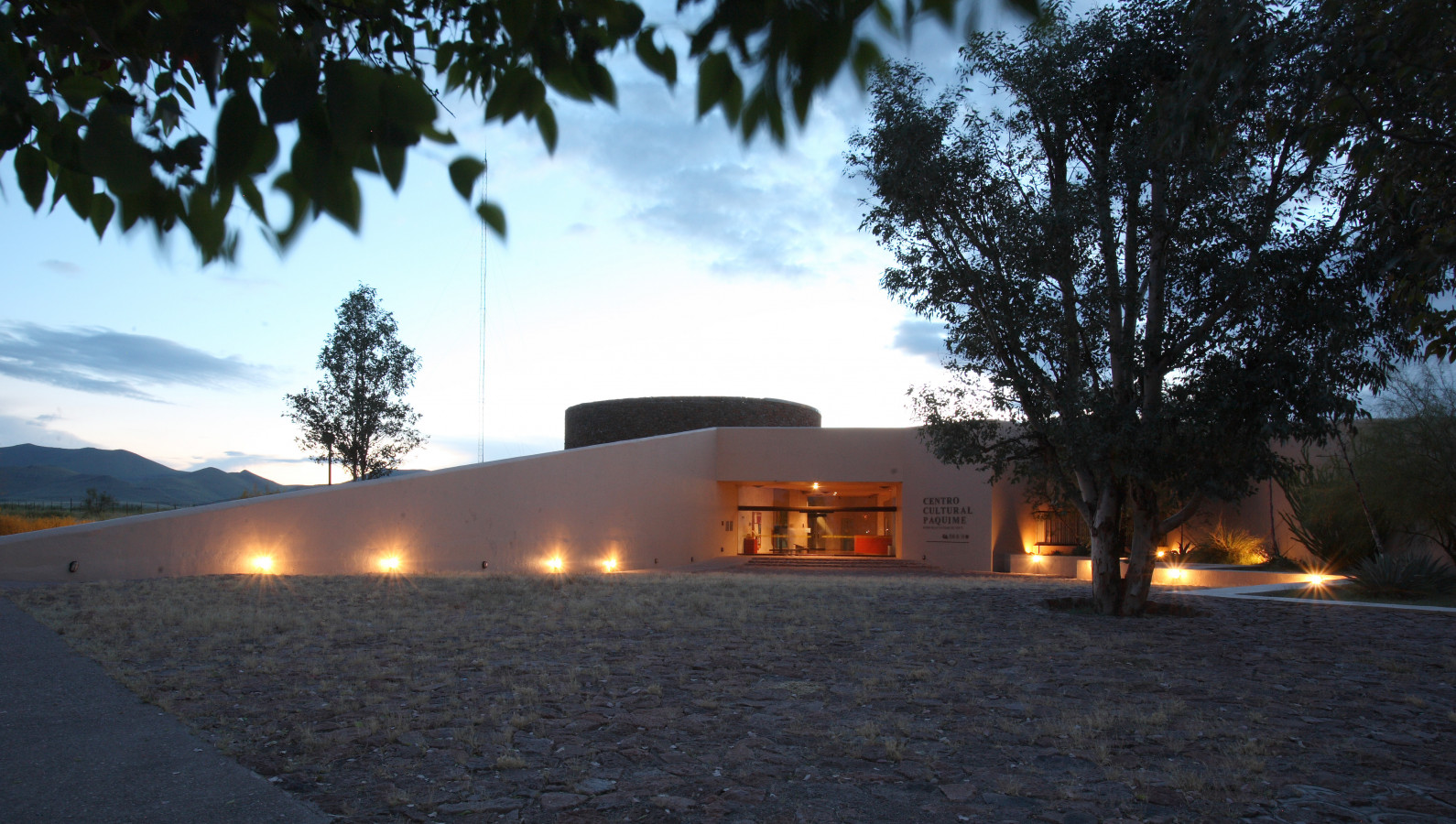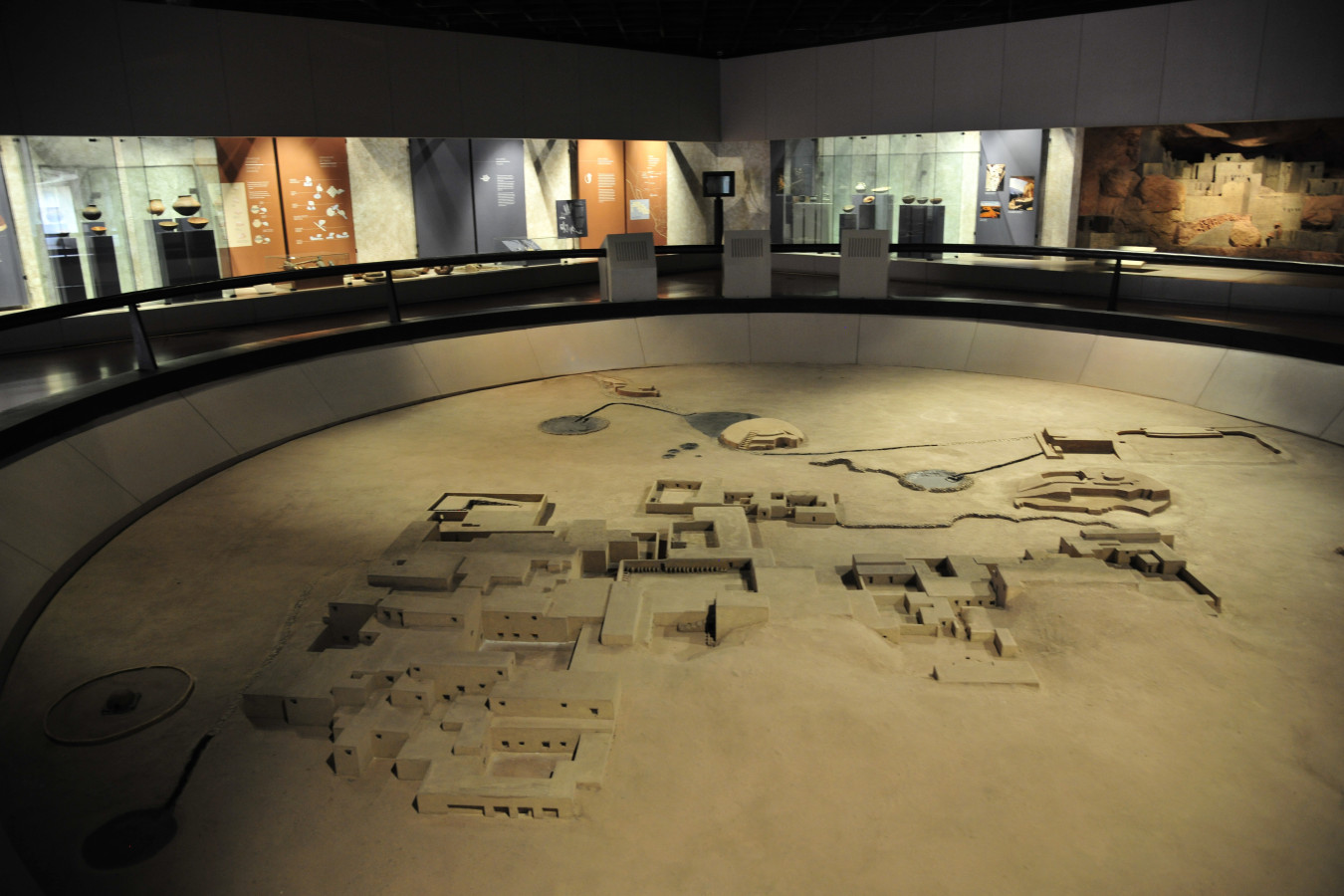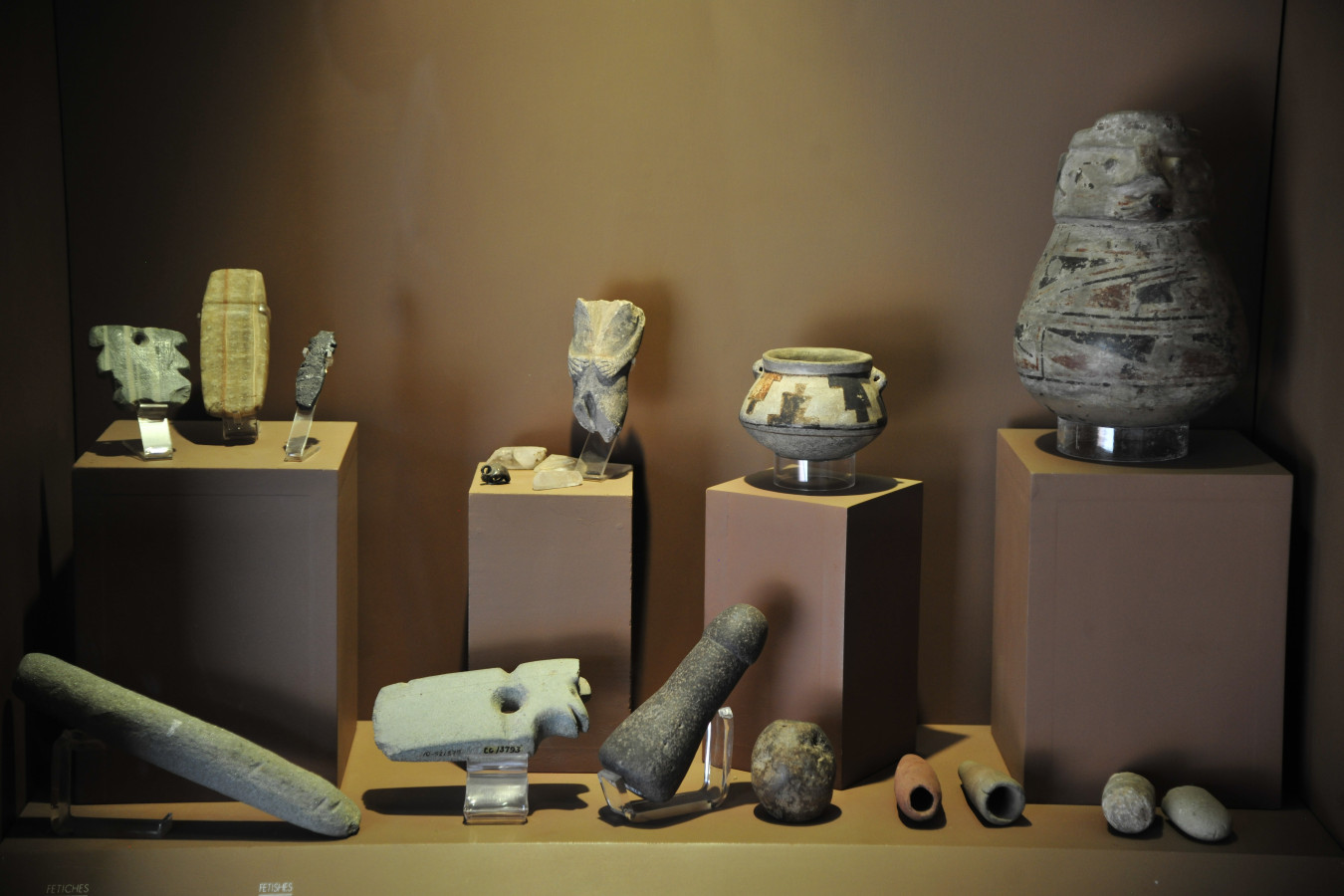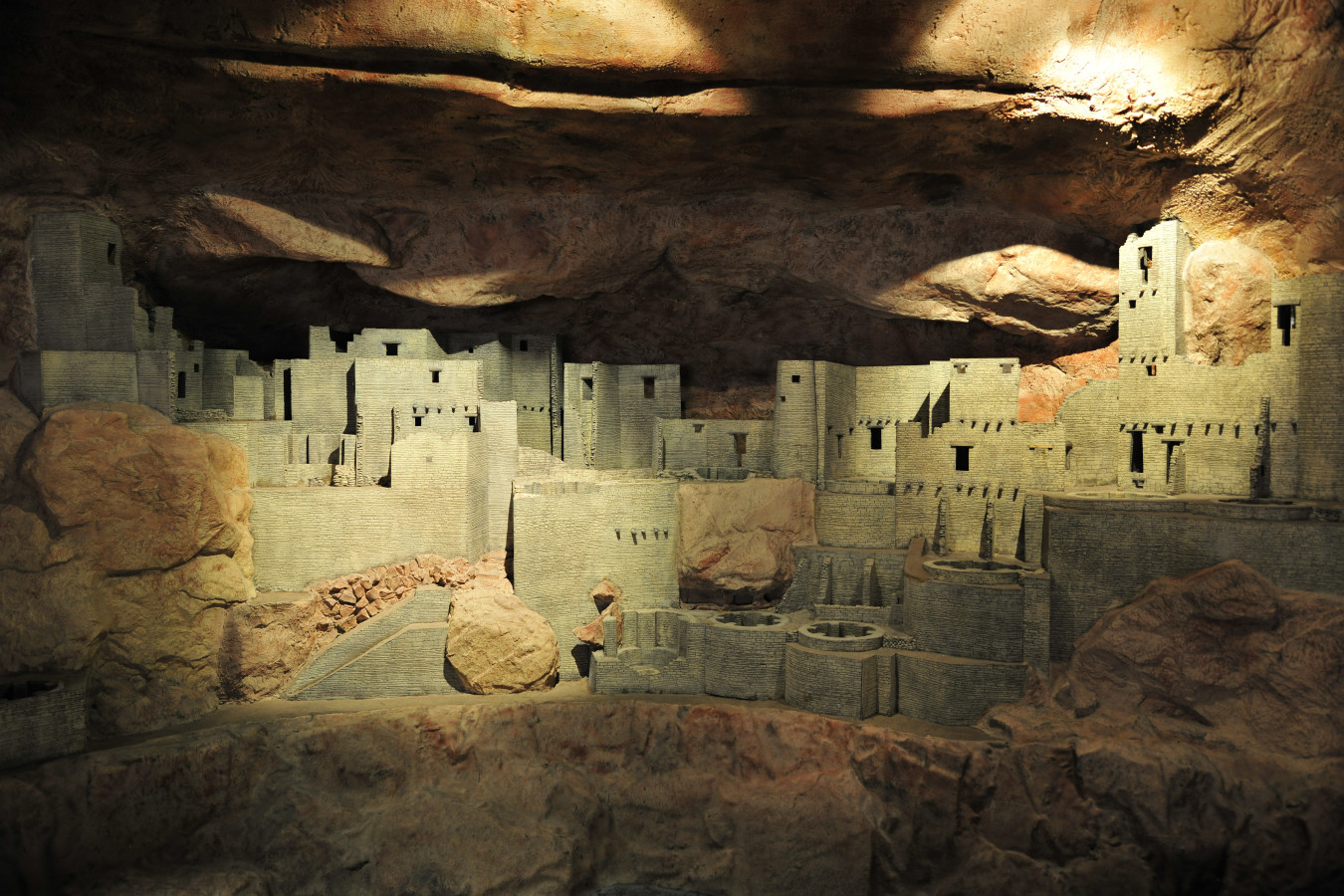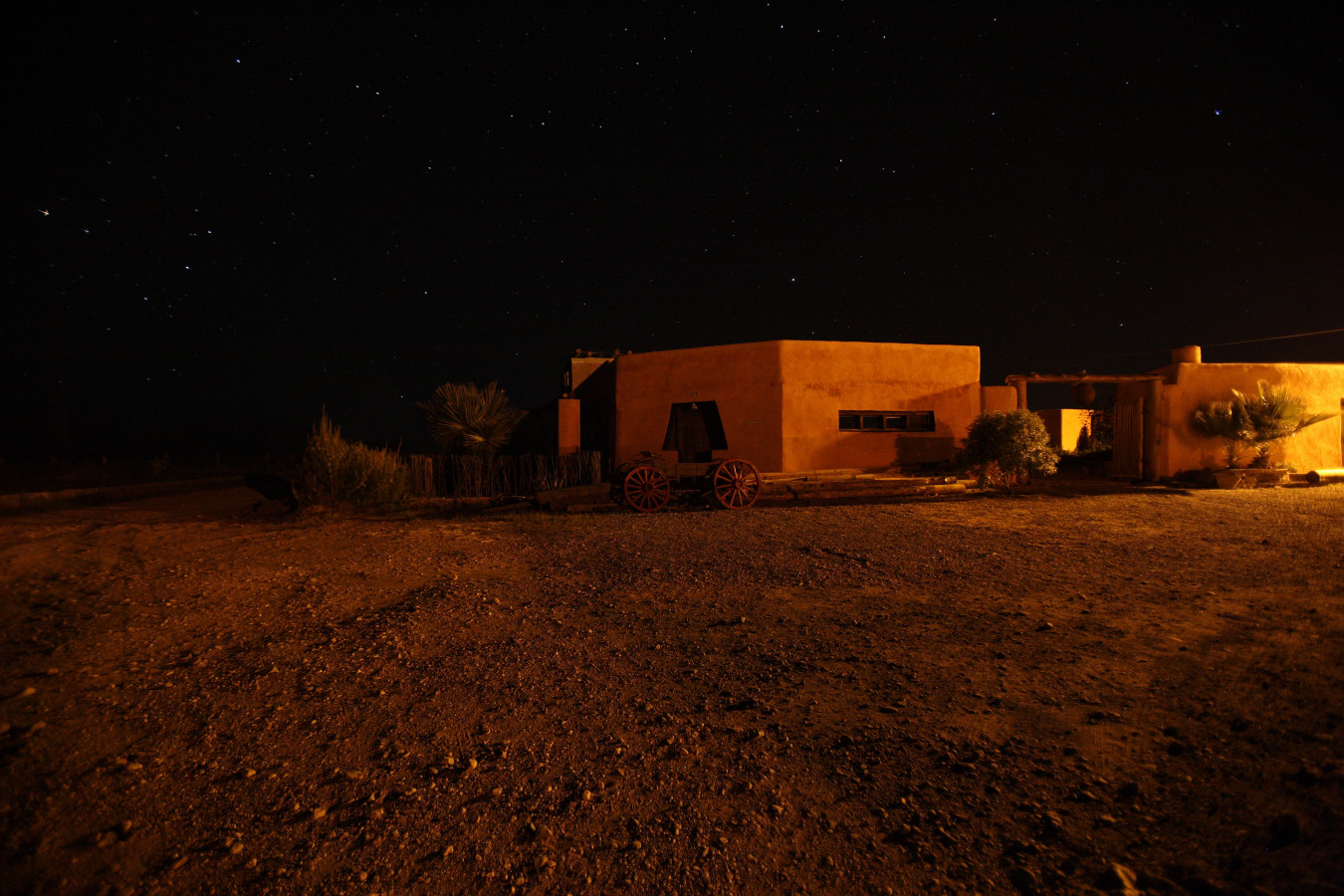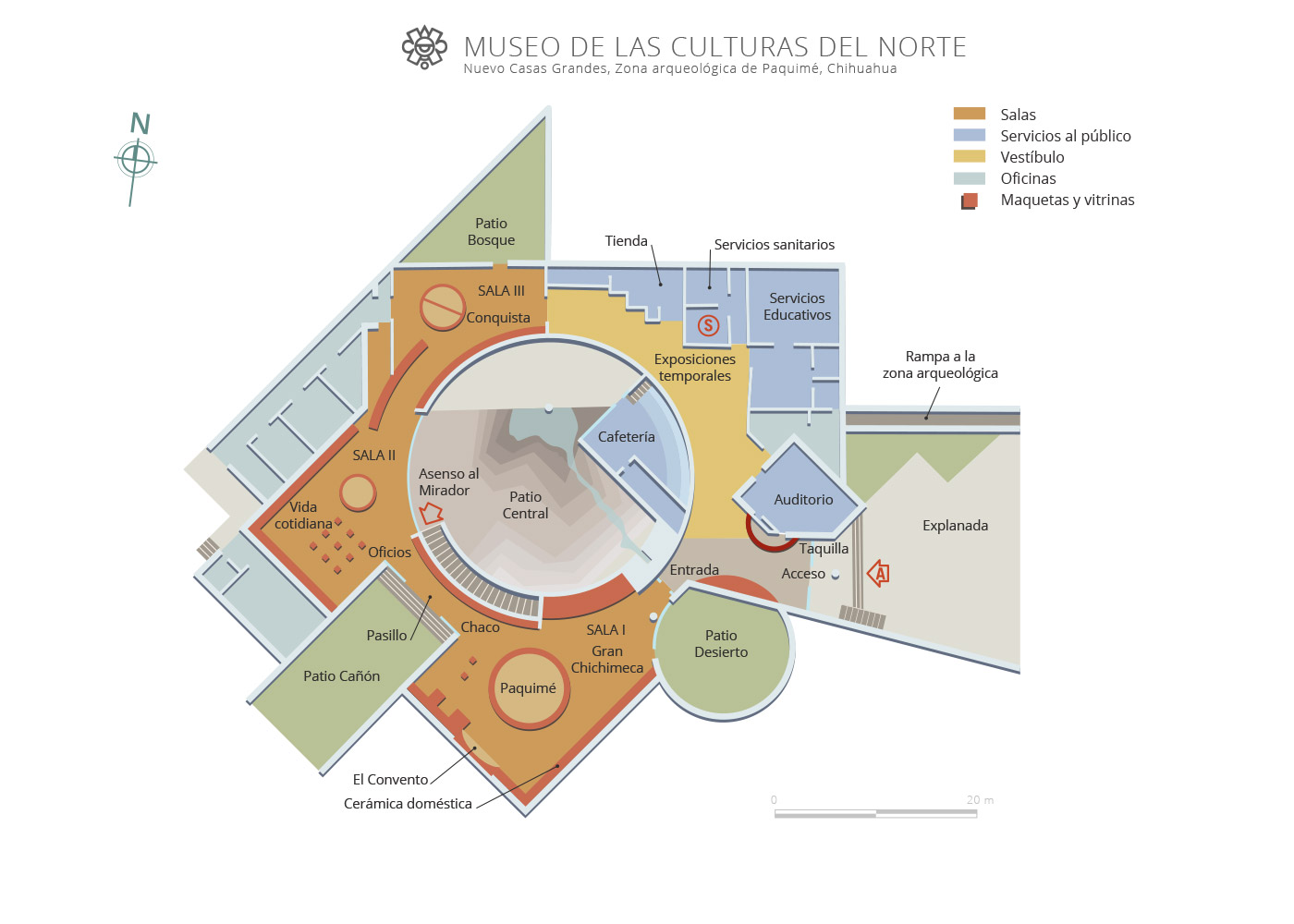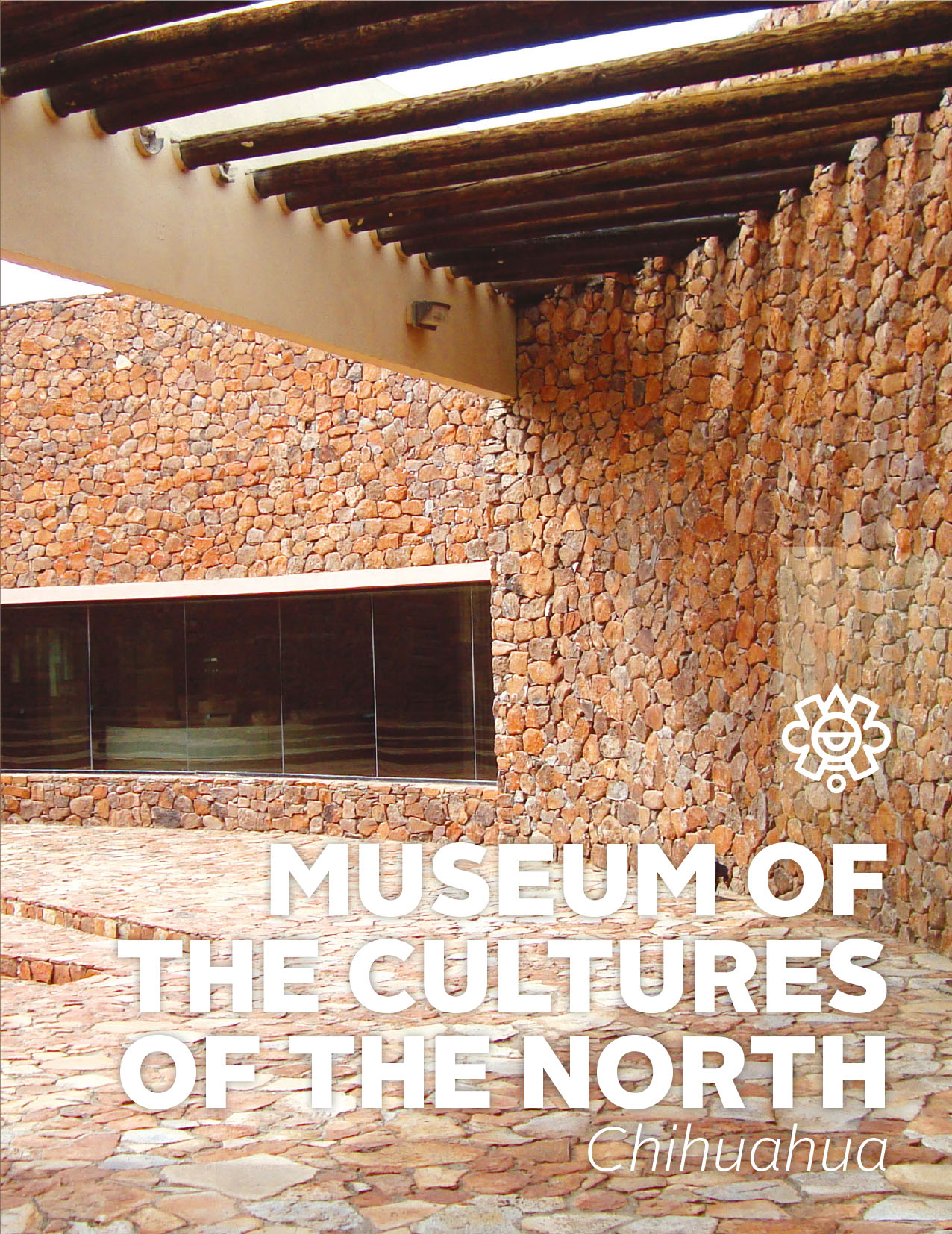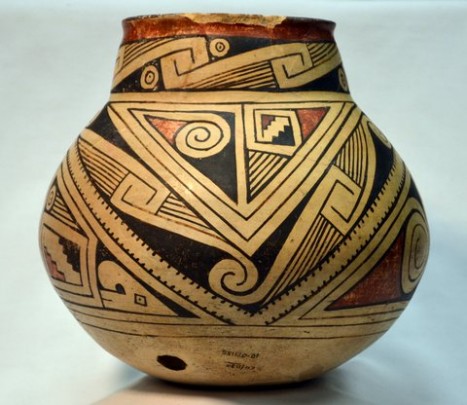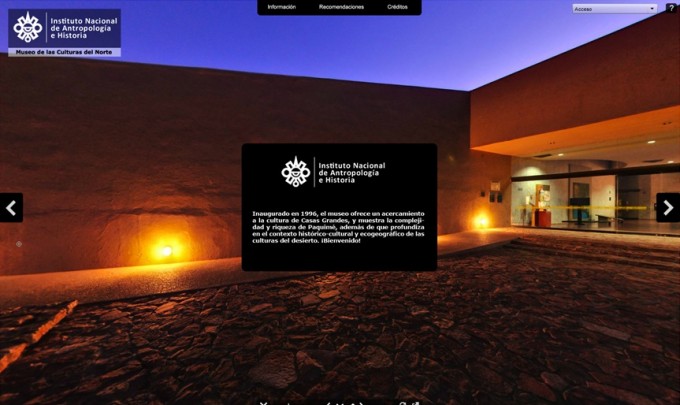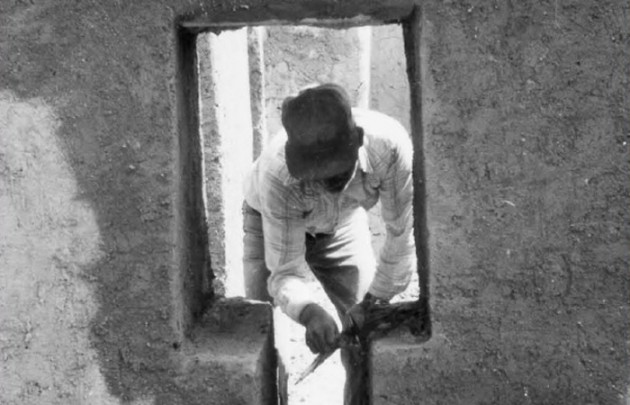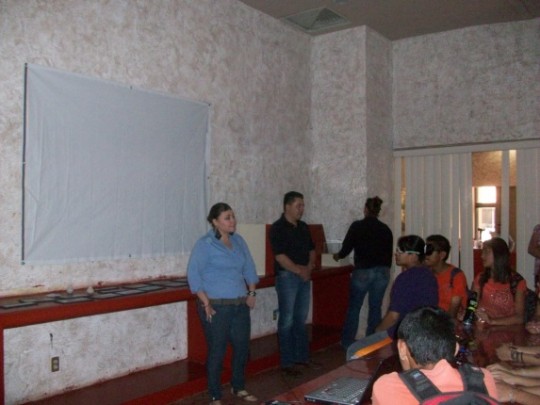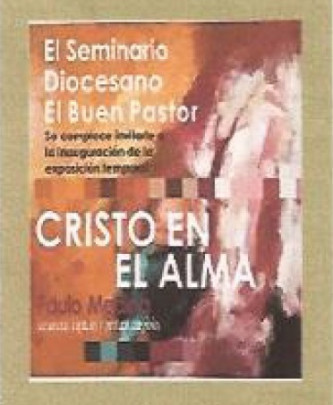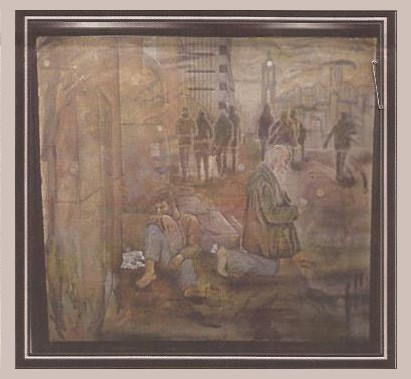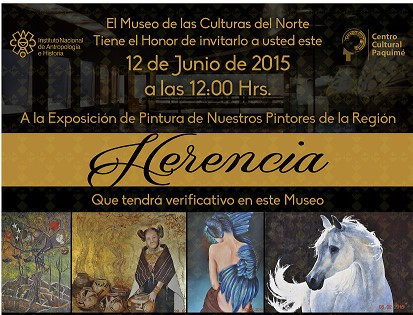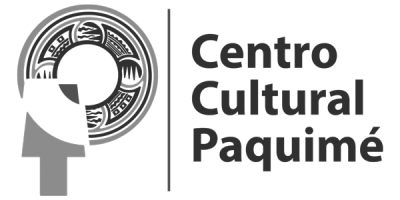The Museo de Las Culturas del Norte (Museum of Northern Cultures) is located in the Area of Archeological Monuments in Paquimé, in Casas Grandes, Chihuahua, Mexico. Conceived by the architect Mario Schjetnan and the Grupo de Diseño Urbano (“Urban Design Team”), the 23,680-square-foot building was built in 1995. The designers were inspired by the architectural disposition of the pre-Hispanic buildings in Paquimé to incorporate the landscape into this project. The resulting building won the Latin American Grand Prize at the Architecture Biennial of Buenos Aires, Argentina that same year.
According to the designer, the museum was organized around a large, open-air, circular courtyard, and is partially sunken into the ground to camouflage it with the archeological and desert environment. It has a central garden and three adjacent gardens which allow natural light to enter. It also has three exhibition galleries, each of them connected to a differently shaped courtyard. To emphasize the links between the spaces and the flow between the galleries, a gallery has been shaped around the central courtyard, defined by two large, suspended beams. Their curves create a strong contrast with the museum’s reticulated ceiling. The museum’s layout does not have formal sections in order to increase the number of viewpoints. This also brings the exhibition areas and the outdoor courtyards together visually, merging the exhibition with the structure of the space. In addition, the aesthetic qualities of the pieces are highlighted through simple shapes and colors, creating an appropriate balance between them and the educational information. The museum houses and exhibits the Charles Di Peso collection, the site’s leading research archeologist, who received funding from the Amerind Foundation in 1956, in collaboration with the National Institute of Anthropology and History (INAH). His archeological research brought to light data on the history of the people in the area.
The museum exhibits an extraordinary collection of archeological pieces from the area. The beautiful ceramics are the highlight, but there are also ornaments and ritual objects made from shells, bone, turquoise and copper, and utensils and tools made from stone. Paquimé’s function as a trade center is emphasized through a display of raw materials which were found in large volumes during the excavation work.
The exhibition follows a chronological sequence, from the first settlers in the region until the time of the city’s peak, showing the characteristics of its earthen architecture, people, economic activities, daily life and religion, and ending in its ruin and abandonment.
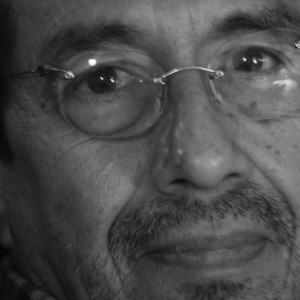
Casas Grandes, Chihuahua, México.
On the Chihuahua-Cd. Juárez highway, take the exit at km 103 that leads to the town of Ricardo Flores Magón, then take the road to Buenaventura and Nuevo Casas Grandes. Paquimé is eight kilometers from Casas Grandes.
El boleto de acceso al Centro de Cultural Paquimé incluye la visita a la Zona Arqueológica de Paquimé y al Museo de las Culturas del Norte.

